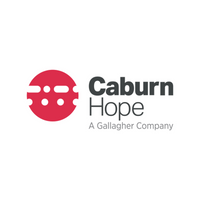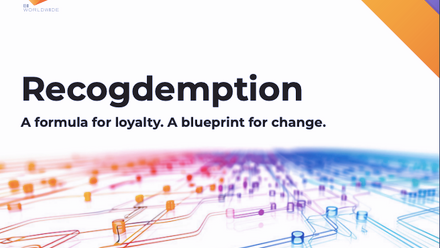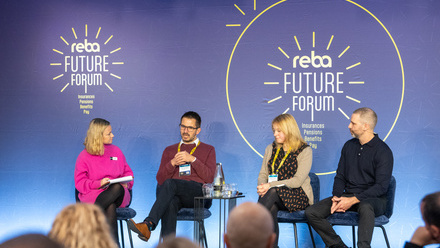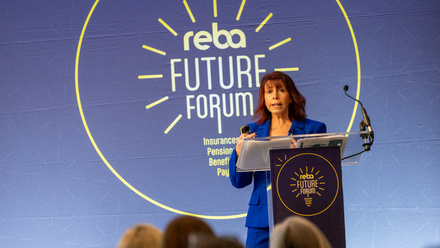5 ways to go beyond surveys to assess organisational culture
Engaging employees is vital to organisational success due to heightened productivity, innovation and commitment to work that it brings.
But one thing we’re regularly asked is how to measure that engagement. A simple answer is tricky. The typical annual or bi-annual employee survey is not enough. There are limitations in relying solely on surveys, but there are alternative ways to measure your culture, including diversity, equity and inclusion (DEI).
The role of employee engagement surveys
Employee engagement surveys are valuable tools that provide insights into employee satisfaction, motivation, and commitment. They typically include questions related to job satisfaction, communication, work-life balance and the overall workplace experience. There are key benefits:
- Quantifiable data: Surveys provide measurable data that can be tracked, allowing you to identify trends and areas for improvement.
- Employee feedback: Surveys give employees a voice, allowing them to anonymously express concerns and make suggestions.
- Benchmarking: You can benchmark survey results against industry standards to understand your competitive position.
However, surveys often focus on surface-level metrics and may not capture the nuances of your company culture and DEI progress. Additionally, surveys may not uncover issues that employees are hesitant to tell the business directly, anonymously or not.
Other methods for assessing culture
Assessing a company culture goes beyond surveys. Combining surveys with other methods can provide additional insight:
1. Leadership assessments and feedback: Assessments, including employee feedback, can reveal how leaders’ actions align with the organisation’s cultural values.
2. Observation and feedback via managers: Encourage open communication and feedback between employees and managers. This can help identify cultural issues not evident from surveys.
3. Monitor employee turnover and retention rates: High turnover can indicate cultural problems. Analysing turnover data can reveal areas where the culture may need improvement.
4. Analyse diversity metrics: Examine diversity metrics at all levels of the organisation, including leadership positions, to identify disparities. If you have 250 employees or more, you’ll be submitting gender pay gap reports in April, which might help to reveal a need to improve your policies and culture.
5. Employee resource groups and affinity networks: These groups allow employees to connect, share experiences and offer insights into DEI and other cultural issues.
When embarking on any research, it’s crucial to have a clear purpose. Without a defined end state to measure against, you won’t be clear on how to make meaningful changes to your culture.
The importance of combining multiple approaches
Each method has strengths, but the magic comes from combining multiple approaches, giving a more comprehensive view. Surveys alone probably won’t capture the day-to-day experiences and interactions that shape company culture.
Your employees are busy with their day jobs and it can be easy to request feedback, receive little, and give up. A study from the Institute of Internal Communication (IoIC) found that an organisation has 15 minutes (or less) each day to engage employees. Too much communication, and you won’t have an audience, demonstrating the importance of a solid communication strategy to ensure messages are concise, relevant and timely.
Requesting small amounts of feedback regularly on multiple channels can help. By incorporating a variety of methods, you can uncover blind spots and gain a more holistic understanding of your culture and DEI efforts.
Employee engagement surveys are valuable tools, but they may not provide a complete picture of organisational culture. To foster a more inclusive and engaging workplace, adopt a multi-method approach. You can gain deeper insights and drive positive change by combining surveys with leadership assessments, feedback and DEI initiatives.
Supplied by REBA Associate Member, Caburn Hope
Full service internal communications and employee engagement consultancy.







